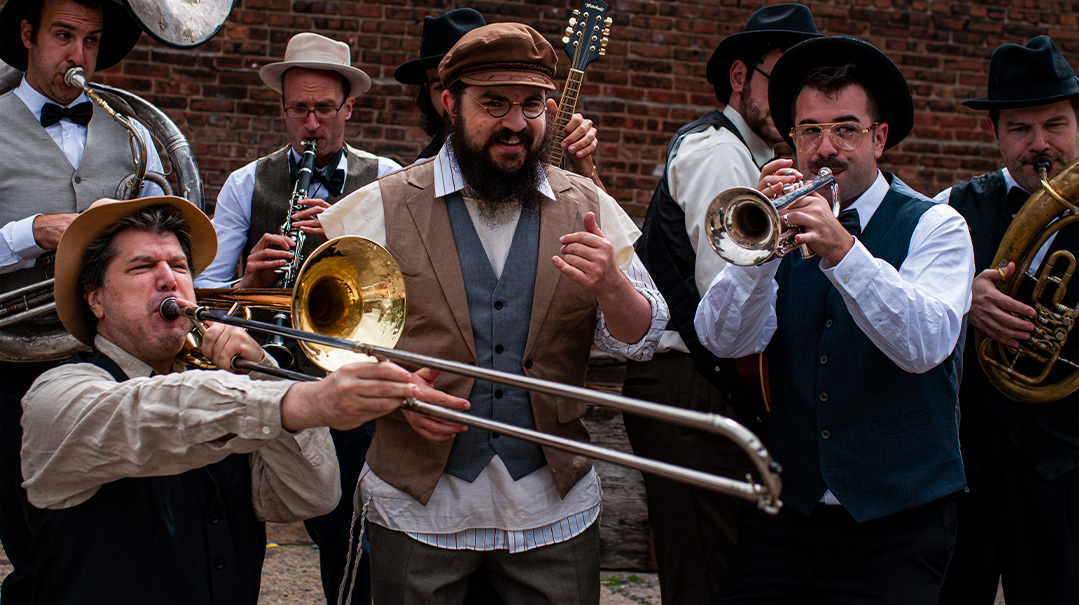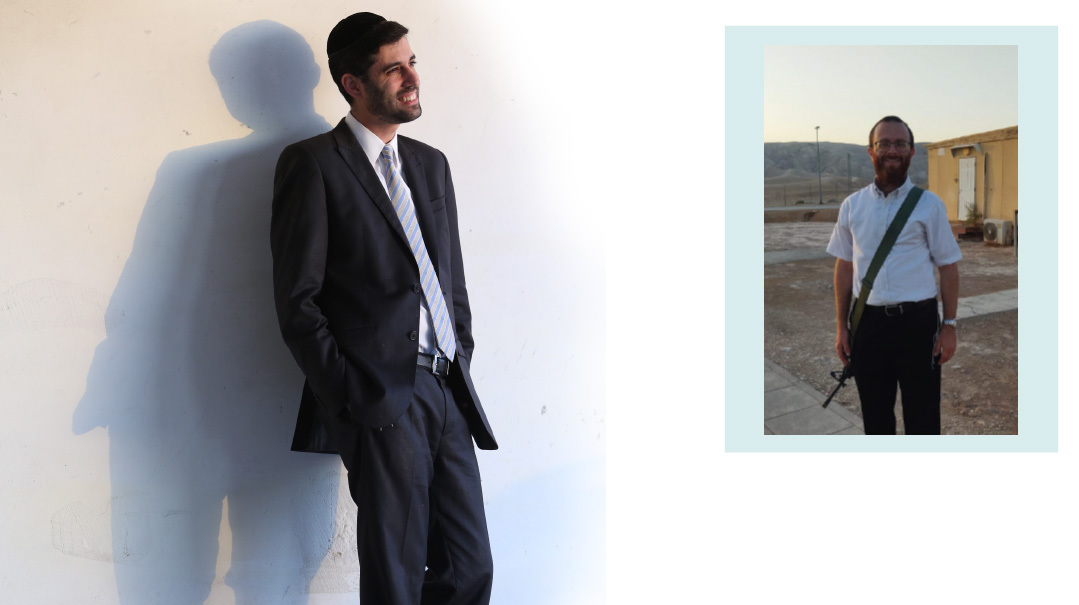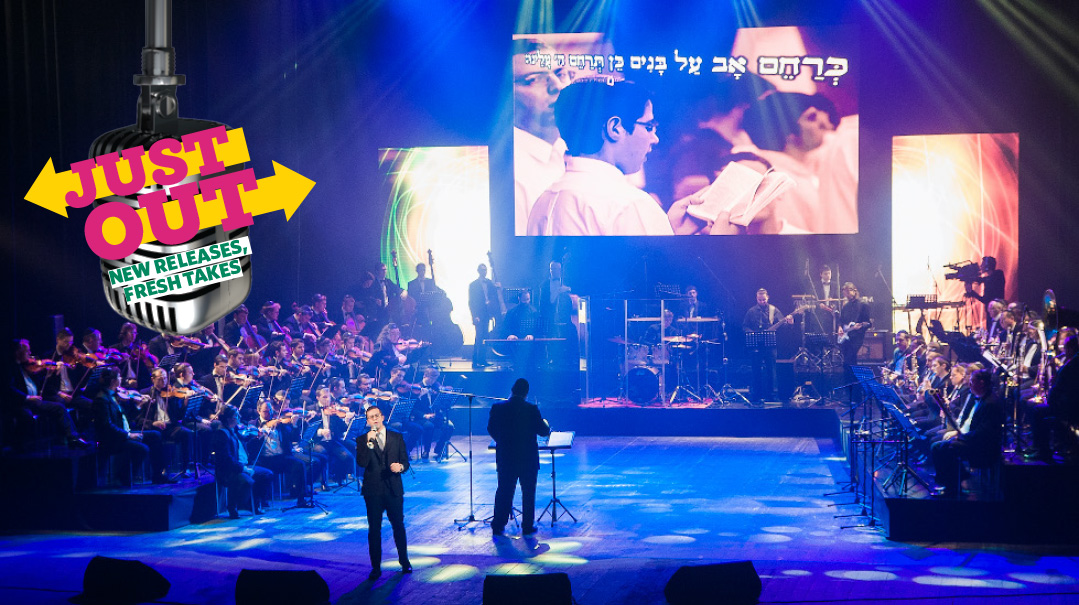Location, Location, Location
| April 11, 2022Sometimes there’s a fine line between what’s public property and what’s no trespassing

Finding the perfect locations helps create just the right vibe. From outdoor to indoor, palatial residence to supermarket to boardwalk or woody hiking trail, a good video’s background is often memorable in its own right.
“Finding the right places is on me, part of my responsibility as producer and director,” Motty Berkowitz explains.
So his powers of persuasion sometimes come into play, such as when he knew he needed to film Lipa’s “Gemara Bemangina” in a suitably Arabic studio, and had only 36 hours to convince the owners to allow it and pull together the entire production. Recently, some schools have featured in popular videos, as in Shmueli Ungar’s “Tata Mama,” also shot by Motty.
Surprisingly, some schools don’t mind having a singer and film crew around for the day.
“We easily found a yeshivah willing to work with us and have Benny Friedman act in their classrooms,” Moshe Finkelstein says about his Chasdei Lev shoots. “It gives the kids some enjoyment, a little bit of a break, plus, they liked having Benny in the school.”
Locations can be free of charge, such as parks and beaches, or costly rentals such as palatial homes or business premises. Some companies own several studios that are actually different rooms in the same building, each with a different look and vibe. Venues such as wedding halls or stores are often happy to be promoted by appearing on a popular video and will offer to host the shoot for free.
The distinctive industrial chimneys, urban alleyways, and fire escapes of the “Charosho” video, which add so much to its period musical appeal, were filmed in a Staten Island workers’ yard. Shlomo Rivkin relates that while walking in Staten Island, he met a Yid who owns a forklift company based there and who knew the owner of the property and offered to get him a good price for a day’s filming on site. It was a dream proposition.
“There are steel and food businesses there as well as the forklift company, but because the appearance of the place is uniquely authentic, many big companies have shot films there, simulating scenes set in Afghanistan or Marrakesh.”
Sometimes there’s a fine line between what’s public property and what’s no trespassing.
“We just filmed Mordechai Shapiro’s latest video for his newest song, ‘Shivti,’ produced by my friend Rafi Barides, and we had planned to use a certain location,” says Motty Berkowitz. “I knew it was kind of a gray area between private and public property, but you have to take risks sometimes. We were just about to start filming when security came over and told us we had to leave. We sat and spoke to him a while, and finally he agreed we could film there. Then the cops came over to kick us out. Well, we spoke to them too, and they actually let us stay. We were all there, singer, musicians, lighting guys, equipment and all, and we had plans for just that spot, so it would have been crazy if we couldn’t film.”
Another close call: Moshe Tischler’s “Abba Gadol” video has a street scene that Motty had planned to shoot on a specific block.
“I thought it was a public block that was just usually quiet, which is why I picked it. Then security came over and told us it was private, and that we couldn’t shoot. I didn’t know what to do, so I just pleaded with him to allow it — and he asked the manager, who agreed. I have no idea why. And just as we finished filming, it started to pour.”
Joey Newcomb recalls searching for a location the team wasn’t even sure existed. “We wanted to shoot a video for a song about the heilige Rabi Shimon at the entrance to a certain cave. Someone told us about a cave in a forest, and we hiked for almost two hours, until — I’m sure in the zechus of Rabi Shimon and our emunah — we actually found it.”
(Originally featured in Mishpacha, issue 907)
Oops! We could not locate your form.






